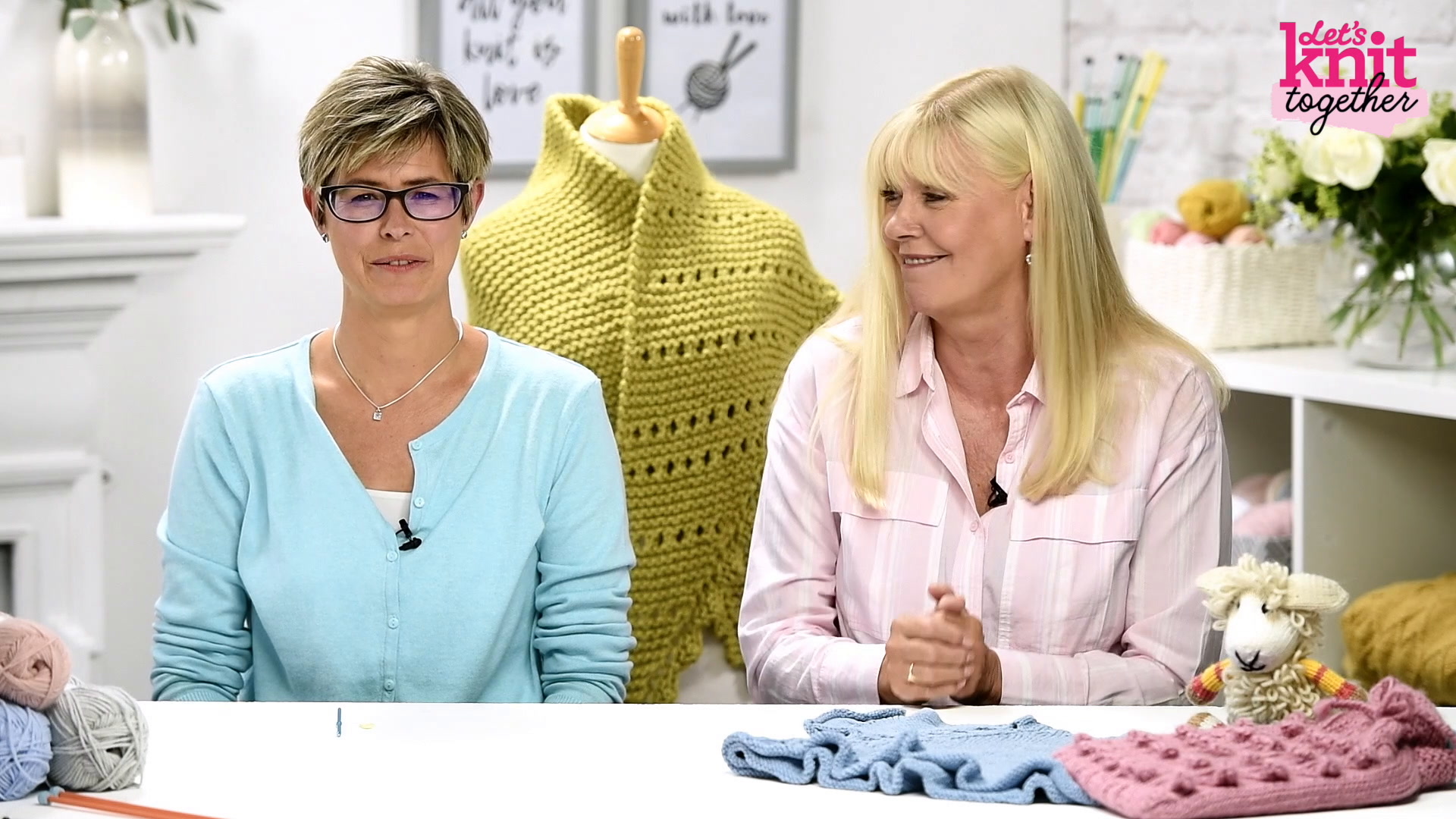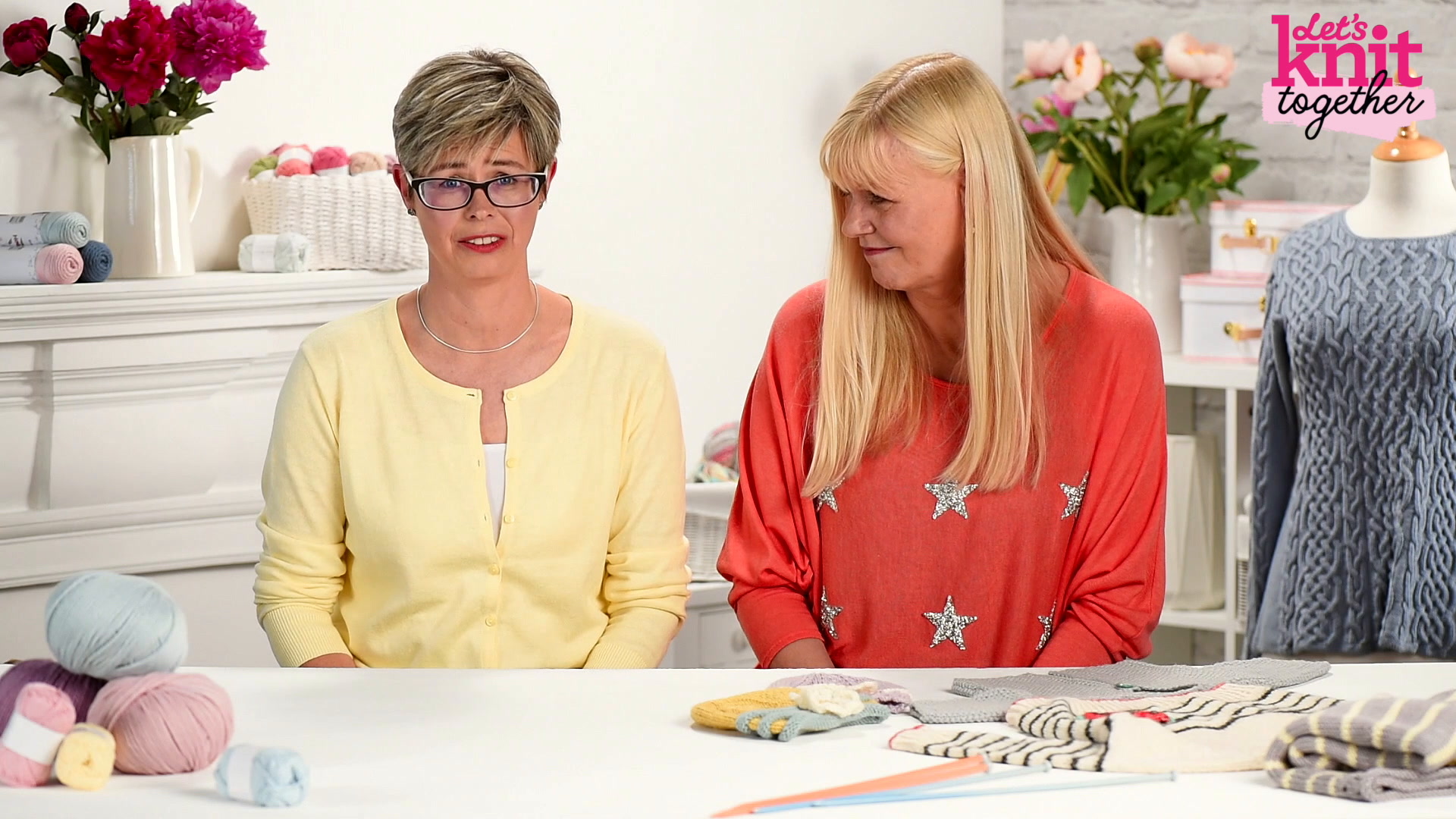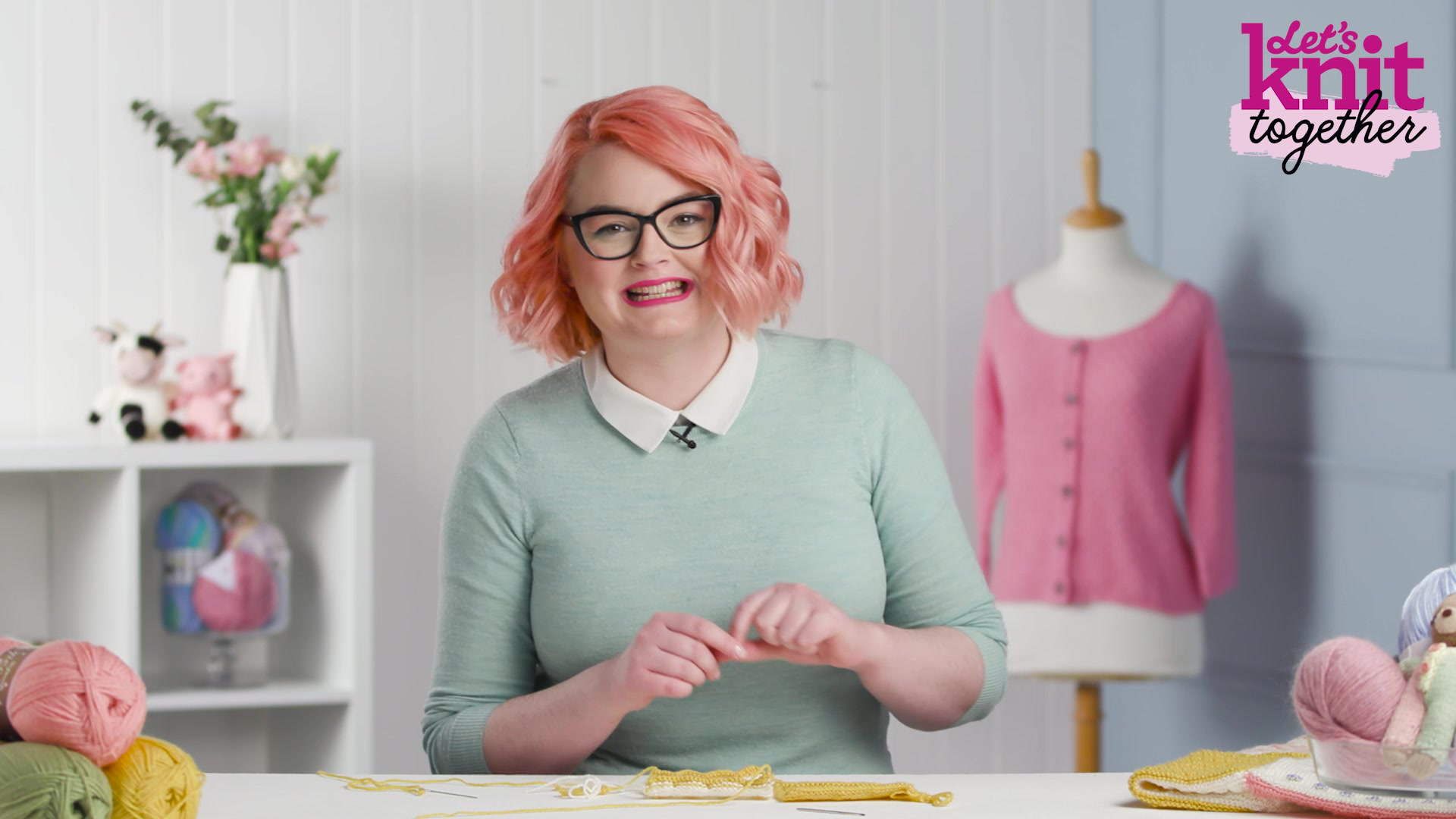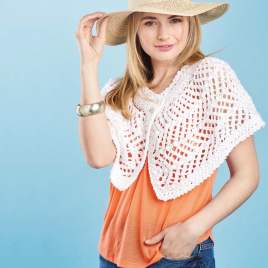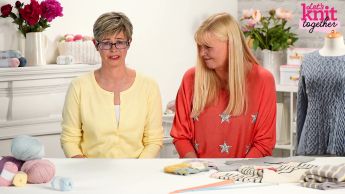How to: decrease a knit stitch (skpo)
video by
Let's Knit Together
- Overview
- Practical Guides
SKPO is a left-leaning decrease worked over knit stitches, so usually on the right side, and it’s all in the name! Just Slip, Knit, Pass the slipped stitch Over – and you’re done.
Remember to slip the stitch knitwise, inserting your needle from the front of the work and behind the stitch.
You are likely to see this in a pattern where a left-leaning decrease is needed on the front side of stocking stitch. Skpo is easy to remember as the letters stand of the actions: Slip a stitch, Knit a stitch, Pass the slipped stitch Over – which takes it off the needle. It’s a straightforward decrease, where two stitches are decreased into one, and if you’re decreasing a piece at both ends of a knit row, you may find skpo at the beginning to decrease to the left and k2tog at the opposite end to decrease to the right. Whether you’re at the beginning of row or not, to decrease slip the first stitch knitwise, which means as though you are going to knit it. To do this, you insert the right-hand needle through the stitch on the far side of the loop from front to back. Knit the next stitch normally, then use the left-hand needle to pass the first slipped stitch over the knit stitch and off the needle. When used regularly at the very start of a row, an skpo stitch produces a flat edge, and within a row the decrease simply appears to merge two columns of stitches smoothly into one. Pay attention to your skpo stitches, as slipping the first stitch purlwise (inserting the right-hand needle from back to front) won’t have quite the same shaping effect. You may well also see skpo used in lace patterns to subtly redress the increases caused by the eyelet stitches, so if you love a lacy pattern, it pays to know your skpo!



